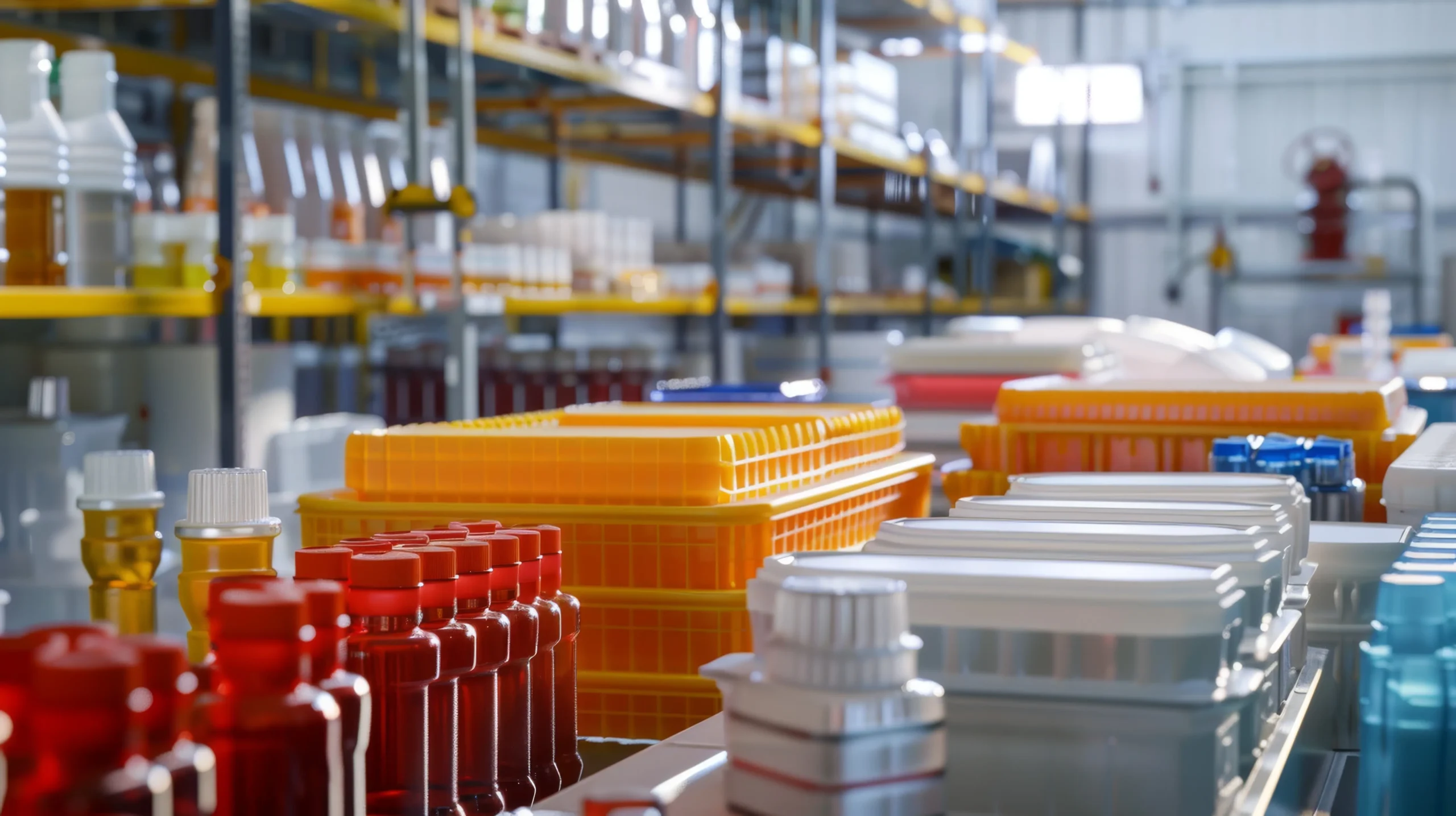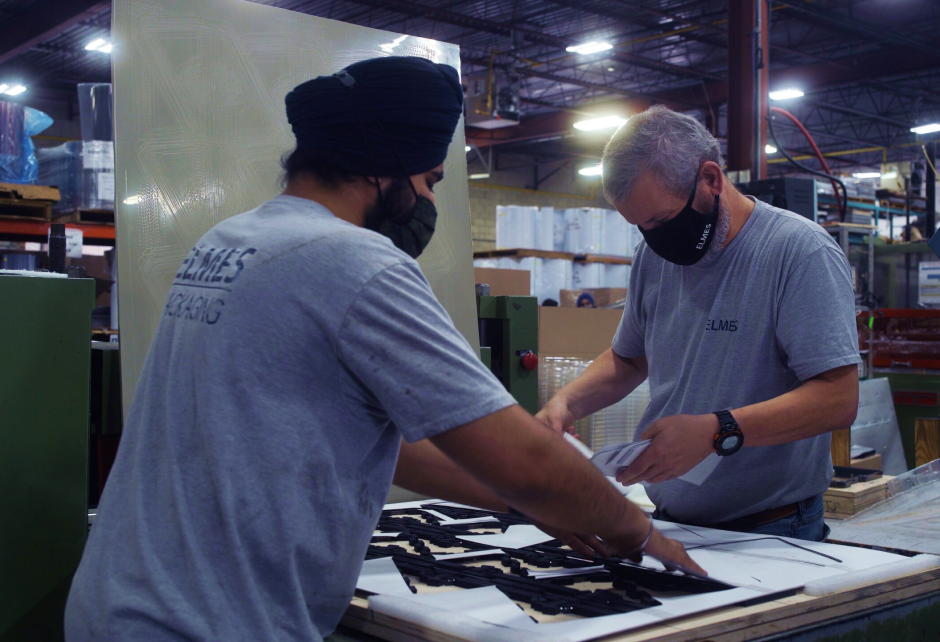Pharmaceutical Secondary Packaging: Compliance and Quality at Competitive Costs

In the pharmaceutical industry, regulatory compliance is an absolute requirement. Every label, insert, and blister pack must adhere to stringent safety, traceability, and quality standards. However, the true challenge lies in balancing these regulatory requirements with the need to control costs. Pharmaceutical companies must safeguard against costly errors while staying within budget when selecting a secondary packaging partner—a delicate balance that requires strategic planning and execution.
Packaging mistakes aren’t just inconvenient—they’re expensive. Errors can lead to product recalls, delays, legal penalties, and significant financial losses. On the other hand, over-engineering packaging to comply with regulations can unnecessarily inflate costs. Achieving the right balance between protection, compliance, and cost management is crucial to staying competitive in a global market.
In this post, we will explore how strategic secondary packaging solutions can help pharmaceutical companies meet compliance requirements, maintain product integrity, and control packaging expenses while ensuring life-saving products reach their intended destinations safely.
The Complexities of Pharmaceutical Secondary Packaging Compliance
The world of pharmaceutical secondary packaging is governed by a labyrinth of regulations.
Regulatory bodies such as the U.S. FDA and the European Medicines Agency (EMA) enforce laws that govern everything from labelling and serialization to material choices and packaging formats. ISO certifications, such as ISO 9001-2015, establish strict quality management standards, ensuring consistency in processes, documentation, and compliance with regulatory expectations
These rules ensure safety, traceability, and consistency across the supply chain. Non-compliance can result in product recalls, hefty fines, and significant damage to a company’s reputation.
To mitigate these risks, pharmaceutical companies need packaging solutions that stay ahead of evolving regulations. For instance, serialization and track-and-trace technologies are becoming increasingly prevalent as part of anti-counterfeiting efforts. In the U.S., the Drug Supply Chain Security Act (DSCSA) mandates that pharmaceutical products must be traceable across the entire supply chain. Meeting these requirements requires a packaging partner who understands the complexities of these regulations and can anticipate future changes. By adapting proactively, pharmaceutical companies avoid costly delays and protect their market position.
International compliance is another challenge. Regulations vary from region to region, so global pharmaceutical companies must be equipped to meet local packaging standards in each market they enter. For example, a packaging solution that works for a U.S. market may need significant adjustments to meet the unique requirements of the European or Asian markets. This can become a significant challenge, especially for pharmaceutical companies that need to scale efficiently across borders.
A trusted packaging partner with experience in both local and international regulatory environments can help companies navigate these complexities and achieve global compliance without delaying product launches or inflating costs. By leveraging their expertise, pharmaceutical companies can rest assured that their secondary product packaging meets the necessary standards, regardless of geography.
Balancing Cost & Quality in Pharmaceutical Secondary Packaging
Cost pressures in the pharmaceutical industry are unavoidable, but cutting packaging fees at the expense of quality or compliance isn’t an option. The right secondary packaging strategy protects product integrity, meets regulatory requirements, and keeps costs under control—all without unnecessary complexity or overspending.
Expense optimization starts with packaging material selection. Sustainable packaging has gained traction as more pharmaceutical companies seek environmentally responsible solutions. Advances in production and economies of scale have made these materials increasingly cost-effective, offering long-term benefits like reduced waste and a smaller environmental footprint. Not only do they help companies meet regulatory demands and align with consumer preferences for greener practices, but they also provide cost-saving opportunities. By working with a packaging provider who understands the financial implications of different materials, pharmaceutical companies can find solutions that balance environmental responsibility with cost efficiency.
Another key to cost control is leveraging customized packaging solutions. By tailoring packaging to the exact specifications of each product, companies can eliminate excess materials and reduce packaging size, leading to lower production and shipping costs. Customized solutions also ensure better protection and compliance, reducing the risk of damage or regulatory violations during transport and storage. These efficiency gains result in cost savings without compromising the quality or integrity of the product.
Optimizing packaging processes plays a pivotal role in cost control. Implementing lean packaging strategies allows pharmaceutical companies to streamline operations, reduce waste, and enhance efficiency. These practices focus on maximizing resource use and increasing throughput while minimizing unnecessary steps. Collaborating with a packaging partner experienced in lean principles enables pharmaceutical companies to cut down on overall packaging expenses, improve supply chain efficiency, and maintain a competitive edge.

4 Strategic Steps for Optimizing Pharmaceutical Secondary Packaging
Achieving compliance, protecting products, and managing costs are three pillars of an effective secondary packaging strategy. By taking a strategic approach, pharmaceutical companies can ensure that these goals align, resulting in optimized packaging solutions that support operational efficiency and regulatory compliance.
To achieve this, pharmaceutical companies can implement four key strategies:
1. Leverage Regulatory Expertise
Understanding the complex web of global regulations is a critical first step. Choosing a secondary packaging partner with deep regulatory experience will help pharmaceutical companies avoid costly compliance failures. These experts understand local market rules, such as serialization and labelling requirements, and can anticipate potential issues before they arise.
Partnering with a regulatory-savvy packaging provider minimizes compliance risks, ensuring that all packaging elements meet or exceed regulatory standards. This proactive approach saves valuable time and resources, allowing pharmaceutical companies to focus on their core operations rather than constantly reacting to compliance challenges.
2. Product Protection
Secondary packaging’s primary role is to protect the pharmaceutical product. This is especially critical for temperature-sensitive products. Secondary packaging solutions must provide protection from environmental factors such as temperature fluctuations, moisture, light, and physical damage during transportation and storage.
Choosing the right secondary packaging solution can help preserve product integrity, reduce spoilage, and ensure the safe delivery of these delicate products. A knowledgeable packaging partner can offer specialized solutions tailored to the specific needs of temperature-sensitive drugs, such as refrigerated shipping packaging or temperature-controlled labels.
3. Optimize Cost-Effectiveness
Cost optimization in secondary packaging doesn’t mean selecting the cheapest option. It means finding the most efficient solution that satisfies regulatory requirements and quality standards while minimizing waste and excess costs. By working with a packaging partner who understands how to optimize material usage and streamline processes, pharmaceutical companies can secure secondary packaging that is financially viable and compliant.
A packaging provider’s ability to optimize inventory management can significantly reduce costs. Aligning packaging materials with product demand forecasts helps avoid overstocking and minimizes waste. Working with a partner that can refine this process allows pharmaceutical companies to reduce material costs and improve overall operational efficiency.
Innovation is key to staying competitive in the pharmaceutical industry. New packaging materials and technologies are continuously emerging, offering the potential for cost savings, regulatory advantages, and increased sustainability. From tamper-evident seals to biodegradable packaging options, embracing new solutions can give pharmaceutical companies a competitive edge while helping meet sustainability goals.
4. Embrace Innovative Packaging Solutions
Partnering with an innovative packaging provider allows pharmaceutical companies to stay ahead of trends, adopting new materials and technologies that offer cost savings and regulatory benefits. Embracing these innovations can also help companies meet evolving market demands, such as the growing emphasis on sustainable packaging solutions.
Choose a Trusted Partner for Pharmaceutical Secondary Packaging
Selecting the right secondary packaging partner is one of the most important decisions in achieving compliance and cost efficiency. A reliable partner helps navigate the complexities of compliance, product protection, and cost optimization, ensuring solutions align with strategic goals and regulatory requirements.
Beyond packaging, a trusted partner brings expertise, innovation, and the ability to adapt to industry changes. Elmes Packaging specializes in pharmaceutical secondary packaging, providing tailored solutions that meet stringent regulatory standards while helping companies maintain competitive pricing.
With years of experience in the pharmaceutical sector and a commitment to quality backed by our ISO certification, we have a proven process that delivers consistent high-quality secondary packaging solutions to our partners. Our commitment to quality ensures that products are protected and compliant from the warehouse to their final destination.

Achieve Long-Term Success in Pharmaceutical Secondary Packaging with Elmes
Achieving success in pharmaceutical secondary packaging is a continuous process. As regulations, technologies, and market demands evolve, pharmaceutical companies must continually reassess their packaging strategies. Building long-term success comes from forming strong, adaptive partnerships with reliable packaging providers committed to innovation and continuous improvement.
Ready to optimize your pharmaceutical secondary packaging strategy? By choosing Elmes Packaging as your trusted partner, you gain access to our extensive industry knowledge and proven expertise in delivering high-quality, cost-effective secondary packaging solutions. Together, we can ensure that your pharmaceutical products meet all regulatory standards, maintain product integrity, and are delivered safely to the end user.
